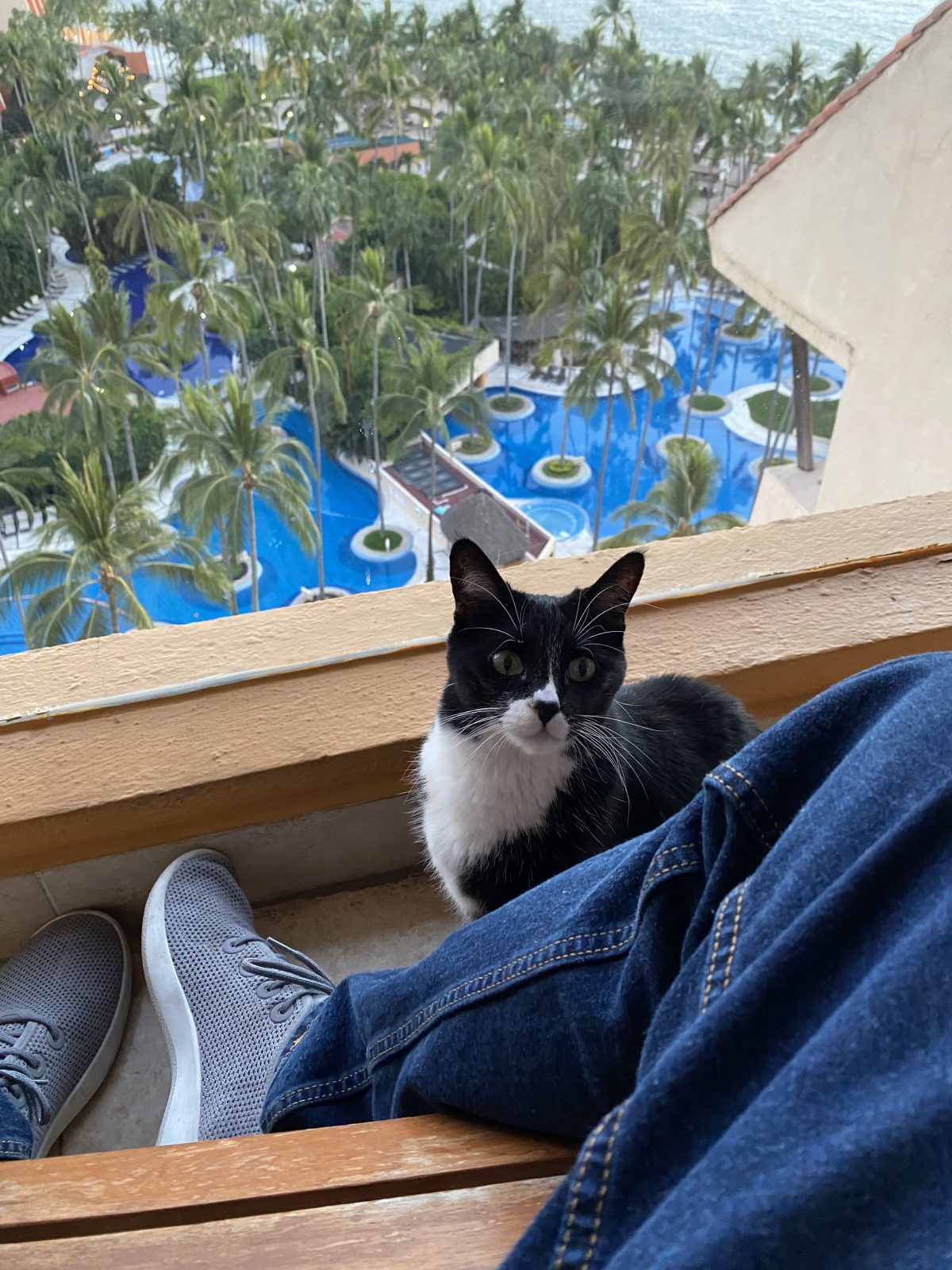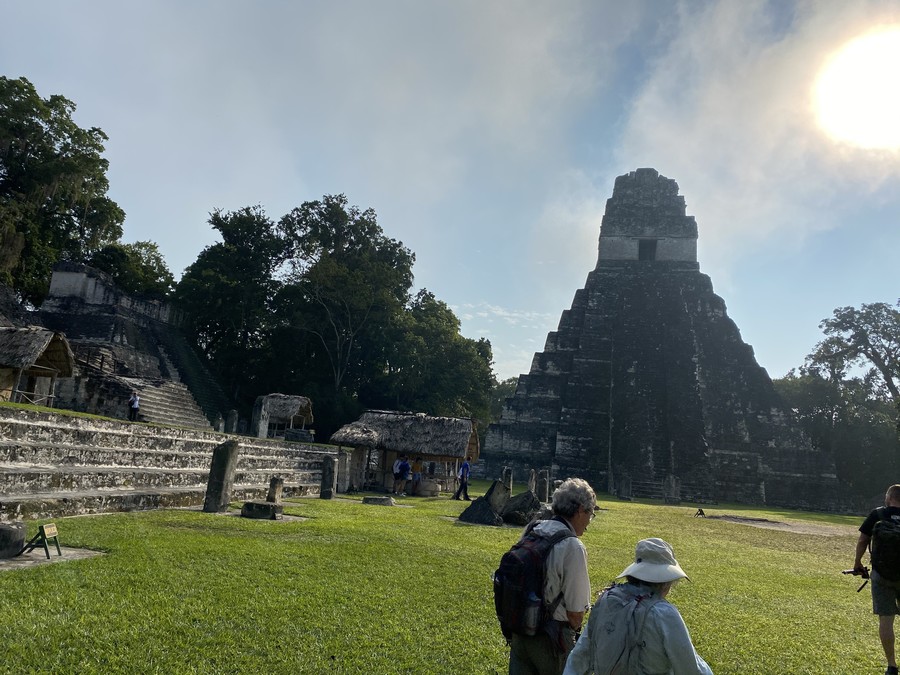If you have a pet, they are an important part of your family. So when we decided to make long-term travel a part of our lives, we had to figure out how to bring along our four-pawed friends.
The Adventure of Traveling with Two Cats


If you have a pet, they are an important part of your family. So when we decided to make long-term travel a part of our lives, we had to figure out how to bring along our four-pawed friends.

The fifth and final Maya site of my trip was located in a new country, Honduras. Getting there involved another long bus trip from Flores to Chiquimula, Guatemala, where I hired a taxi to take me the last hour and a half including crossing the border. The town of Copán Ruinas is less than ten miles from the Guatemalan border, but of course it still requires the administrative details involving in leaving one country and entering another.

One site on my itinerary was largely responsible for inspiring the entire journey: Tikal. This Mayan site in the Guatemalan jungle has long been on my list, and I was excited to finally be making it happen.
Getting from Flores to Tikal is pretty easy.
With a two-minute boat ride across the Usumacinta, I had crossed the border from Mexico into Guatemala. My lancha pulled up to the dock in what is hardly more than a one-street town.
La Técnica, Guatemala isn’t even labeled on Google Maps, and it serves only as a jumping off point for cargo and people crossing this frontera, legally or not. My ride for the morning was on a mini-bus or colectivo. It looked the part.
The main goal of this trip was to visit three of the most important Mayan archaeological sites: Palenque in Mexico, Tikal in Guatemala, and Copán in Honduras. While planning the trip, I looked at several ways to travel between my visit of Palenque onward to Tikal.
I found a pretty interesting option that would take me into the heart of the Lancandon jungle which lies on the border between Mexico and Guatemala.
After a week together in Oaxaca, my wife Jan headed home while I began a two-week solo adventure in the world of the ancient Maya. From Oaxaca, I flew to the Mexican state of Chiapas, where my main target was Palenque, a Mayan city whose structures mostly date from the seventh century.

Oaxaca (pronounced wa-HA-ka) is a state in southern Mexico with a capital city of the same name. In recent years, Oaxaca has become a popular tourist destination, well-known for its fantastic food scene.

It’s not surprising then that the highlights of our visit to Oaxaca were all about the food and drinks we had there.
Leaving behind the hustle and bustle of Quito, we headed to Ecuador’s third-largest city, Cuenca. Despite a population of half a million, Cuenca still manages to feel like a small town. We splurged on a luxurious place to stay, choosing the amazing hotel Mansion Alcazar.


An overcast sky was ever-present during our stay in Quito, but in many ways the weather just enhanced the scene. Instead of dulling the colors, the dark rolling clouds seemed to transform the landscape into a dark and rich painting palette.
While headed to Quito’s historic Old Town, I took this shot of a typical street scene, framed by clouds and mountains.
Because of our unexpectedly late arrival in Quito, it was late in the following day when we finally opened our eyes and officially arrived in South America. And, hey, does anyone else feel a little weird? Quito, Ecuador lies in the Andes mountains at an elevation of 9350 feet. Each of us had a mild headache for a day or two as we got used to the effects of the altitude.
Our first hotel stay wasn’t exactly an immersion in the local culture, as I had booked a free reward stay at the Quito Holiday Inn Express. With 16 nights of the trip in hotels, it was nice to start out with a few free room nights. The Holiday Inn Express was as comfortable and familiar as one would expect. Just like in the US. Well, except for the armed security guard stationed at the front door 24 hours a day.